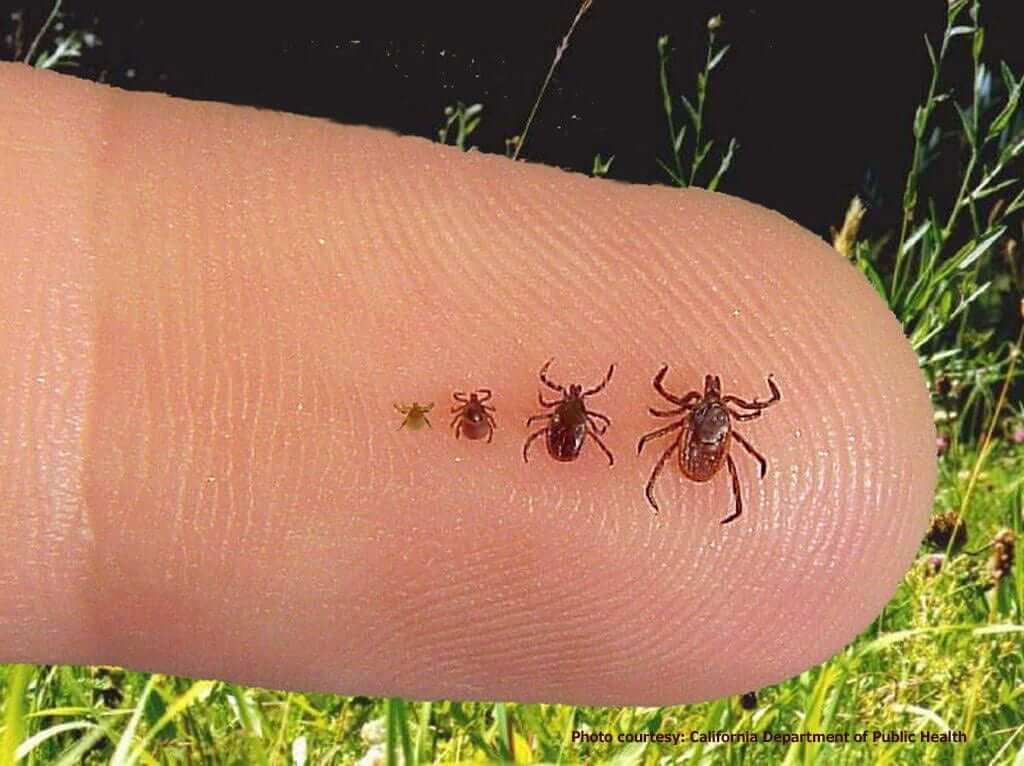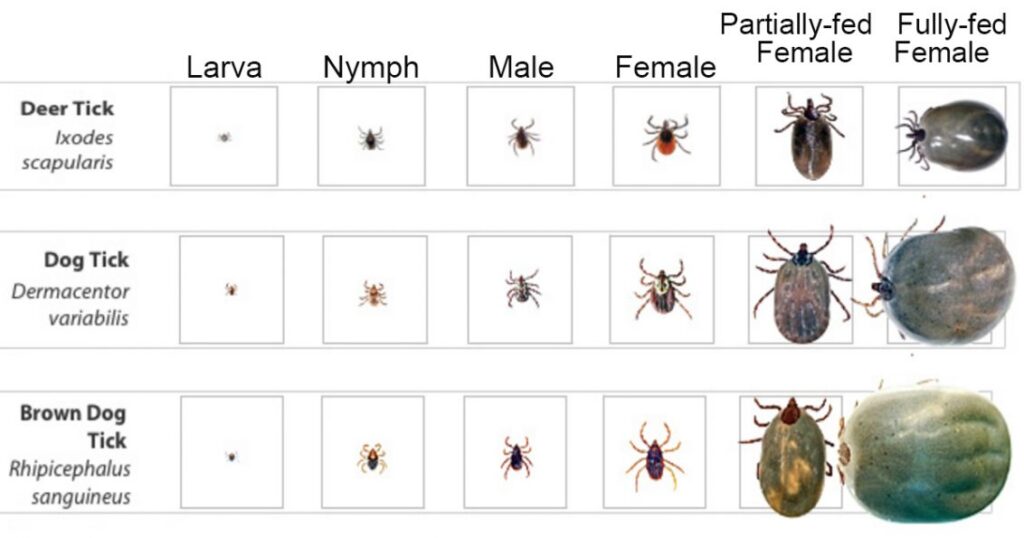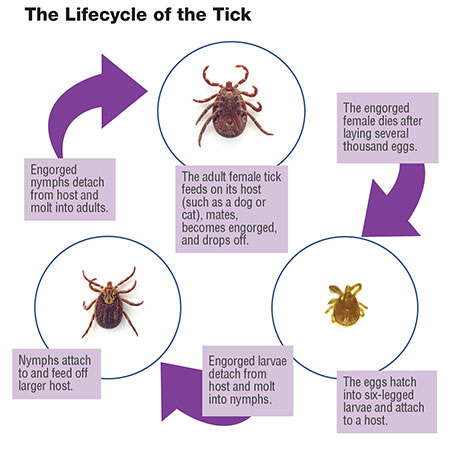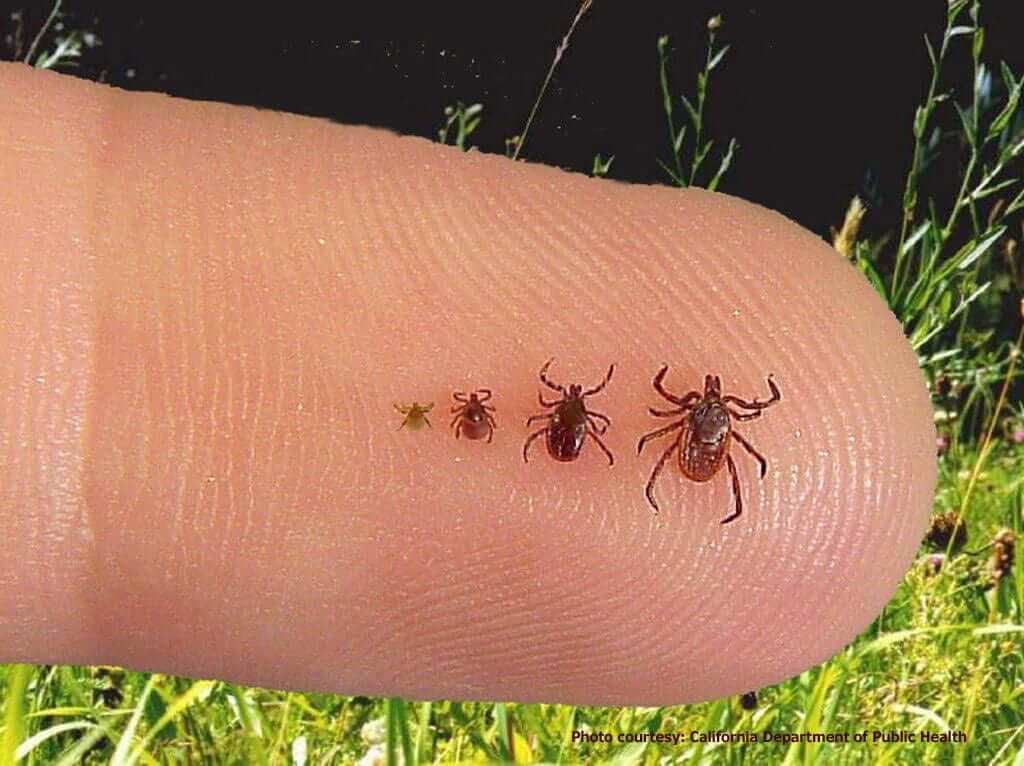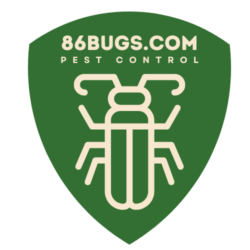Ticks can have a range of effects on pets and households. They pose health risks to pets, humans, and can quickly become an infestation in a home if not managed effectively. Here’s what you need to know about the risks of ticks and the best ways to eliminate them.
Effects of Ticks on Pets and Household
- Health Risks to Pets:
- Diseases: Ticks can transmit serious diseases to pets, including Lyme disease, anaplasmosis, ehrlichiosis, and Rocky Mountain spotted fever. These illnesses can lead to symptoms like fever, lethargy, joint pain, loss of appetite, and in severe cases, kidney damage.
- Anemia: In cases of heavy tick infestations, pets can lose enough blood to cause anemia, especially in smaller animals or if the infestation is severe.
- Skin Irritation: Tick bites can cause localized irritation and itching on your pet’s skin, potentially leading to scratching, sores, and secondary infections.
- Impact on Household:
- Tick Infestation: Once ticks find their way into your home, they can lay eggs, leading to an infestation that’s difficult to eliminate. Ticks often hide in carpeting, bedding, cracks in floors, and upholstery.
- Health Risks to Humans: Some tick species bite humans, and many of the diseases they transmit to pets can also affect people. Lyme disease and Rocky Mountain spotted fever, for example, can cause serious health complications if left untreated.
- Psychological Impact: Having ticks in the home can cause anxiety and distress, especially due to the potential health risks for both humans and pets.
Best Ways to Get Rid of Ticks on Pets and in the Home
1. Immediate Removal of Ticks on Pets
- Manual Removal: Use fine-tipped tweezers to carefully remove ticks attached to your pet. Grasp the tick close to the skin and pull straight out with steady, even pressure. Avoid twisting or crushing the tick. Afterward, clean the bite area with antiseptic.
- Tick Preventatives: Consider topical treatments, tick collars, or oral medications designed to kill or repel ticks. Many of these treatments are effective for both ticks and fleas and are available through a veterinarian.
2. Treating the Home
- Vacuum Thoroughly: Regular vacuuming, especially in areas your pet frequents, can help capture ticks and their eggs. Focus on carpets, pet bedding, baseboards, and furniture.
- Wash Bedding and Fabrics: Wash pet bedding, your own bedding, and other fabrics in hot water and dry on high heat. This will kill any ticks or eggs.
- Insecticidal Sprays or Powders: Use pet-safe and household-safe tick-killing products for areas where ticks may hide, such as baseboards, carpets, and upholstery. Ensure the products are labeled for indoor use and follow instructions carefully.
- Diatomaceous Earth (DE): Food-grade diatomaceous earth is a natural powder that can help eliminate ticks in the home. Sprinkle it in cracks, crevices, and areas frequented by your pet, but avoid inhaling it and monitor your pet’s exposure.
3. Preventative Outdoor Measures
- Lawn Maintenance: Keep grass, shrubs, and bushes trimmed and avoid letting pets roam in tick-heavy areas. Ticks thrive in tall grasses and dense vegetation.
- Tick Yard Treatments: There are pet-safe yard sprays or granular treatments available that kill ticks in the yard. Follow label instructions and use with caution if pets and children play in the area.
4. Regular Monitoring and Grooming
- Routine Checks: After spending time outside, especially in grassy or wooded areas, inspect your pets for ticks, focusing on the neck, ears, belly, and between toes.
- Frequent Grooming: Regularly brushing your pet can help spot ticks early and prevent them from attaching or laying eggs.
By following these practices, you can help protect both your pets and your household from the risks posed by ticks.
